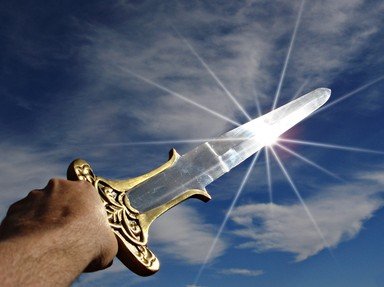
Against All Odds Trivia Quiz
Throughout history there have been incidents where units have fought (and won) against heavy odds. See if you can order the battles from oldest to most recent using the clues given.
This is a renovated/adopted version of an old quiz by author mortifer
An ordering quiz
by LeoDaVinci.
Estimated time: 3 mins.